Samsung Galaxy S20 vs Galaxy S10: What's different?
Use this Galaxy S20 vs Galaxy S10 comparison to see how these phones stack up
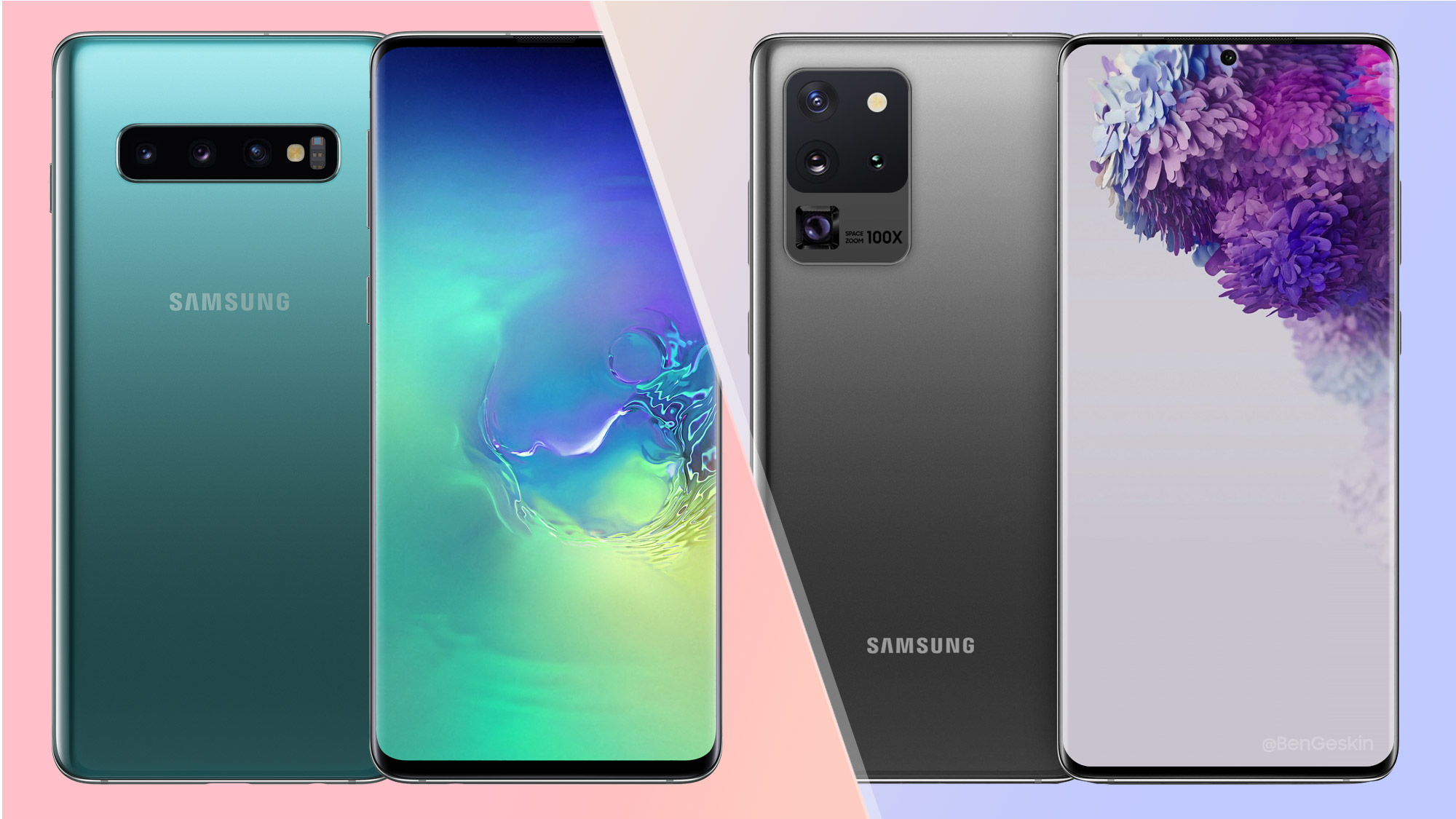
Now that the Galaxy S20, Galaxy S20 Plus and Galaxy S20 Ultra are no longer rumors, but reality, we can see all the changes Samsung has introduced to its flagship phone lineup — especially when comparing them to last year's models.
Whereas 5G connectivity was limited to one, high-priced model for the Galaxy S10 lineup last year (and wasn't even designed to work across all 5G networks), the S20 family supports 5G across the board. The new phones also benefit from a slew of all-new camera hardware, including 64- and 108-megapixel sensors on the S20 Plus and S20 Ultra, respectively, as well as the biggest displays we've ever seen in the company's smartphones to date.
It's for these reasons that we're excited for what Samsung showed off with the Galaxy S20 line, which will be available for pre-order on Feb. 21, with the new phones hitting stores on March 6. Whether you're on the fence about whether to snag a discounted S10 — Samsung cut the prices on those models, too — or you're an S10 owner curious about what you may be missing out on, our Galaxy S20 vs Galaxy S10 comparison will show you all the ways Samsung's new flagship will differ from its last, based on what Samsung's now revealed about its phone lineup.
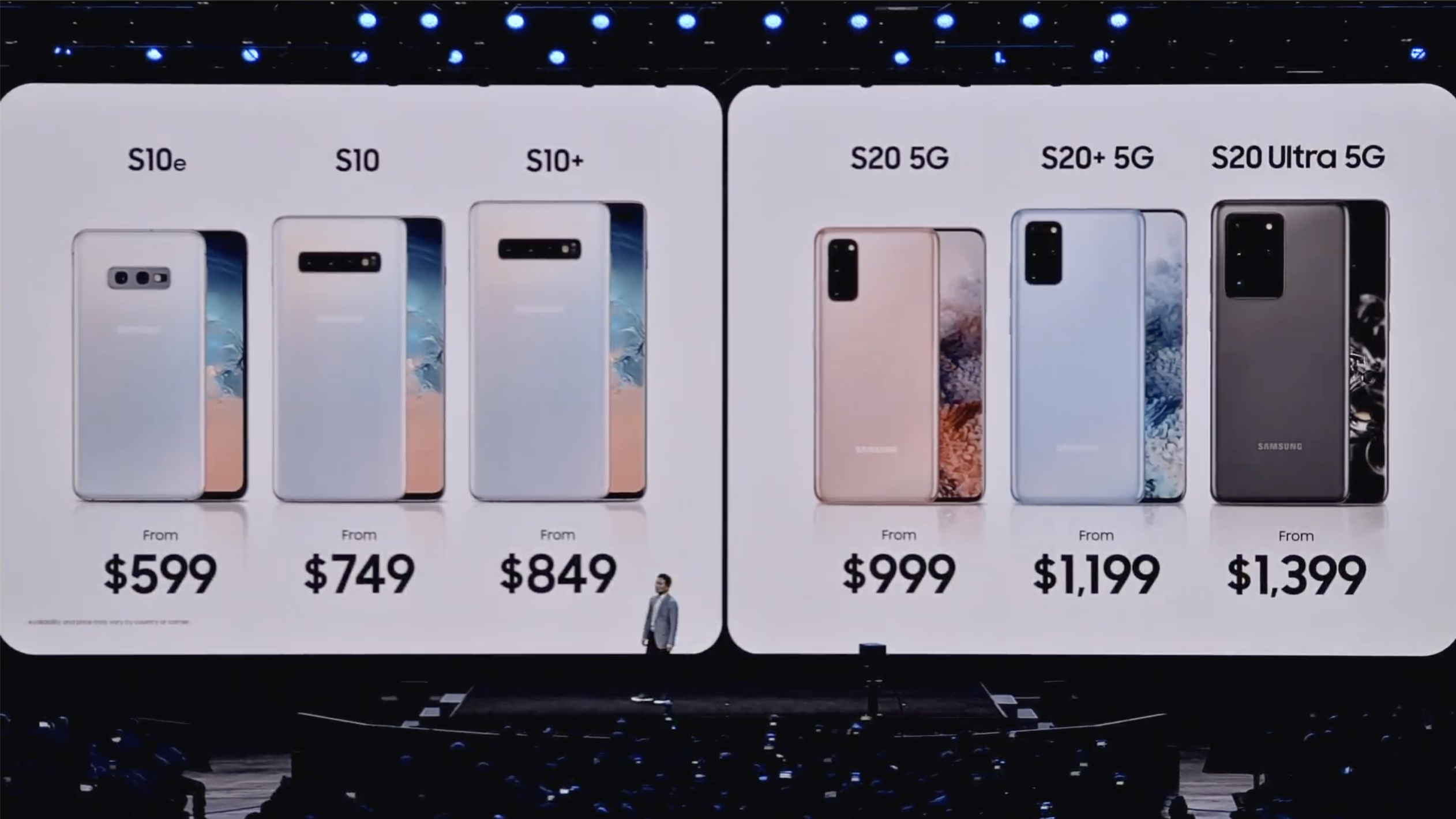
Galaxy S20 vs Galaxy S10: Price
Get ready to pay up for Samsung's new phones. The Galaxy S20 starts at $999. If you want the more impressive features of the Galaxy S20 Plus and Galaxy S20 Ultra, you'll need to pay $1,199 and $1,399, respectively.
That's a big change from last year's debut prices for the Galaxy S10, when the Galaxy S10e provided you with a low-cost entry into the S10 lineup at $749. The S10 and S10 Plus cost $899 and $999, respectively, while the Galaxy S10 5G was the only model with a four-figure price tag at $1,299.
Samsung has made the gap in prices between the S20 and S10 even more noticeable when it announced price cuts to the Galaxy S10 lineup. The S10e now starts at $599, while the S10 is available for $749 and the S10 Plus costs $849. If you think the Galaxy S20 lineup is too costly, Samsung seems to be saying, at least last year's top Samsung phones are more affordable.
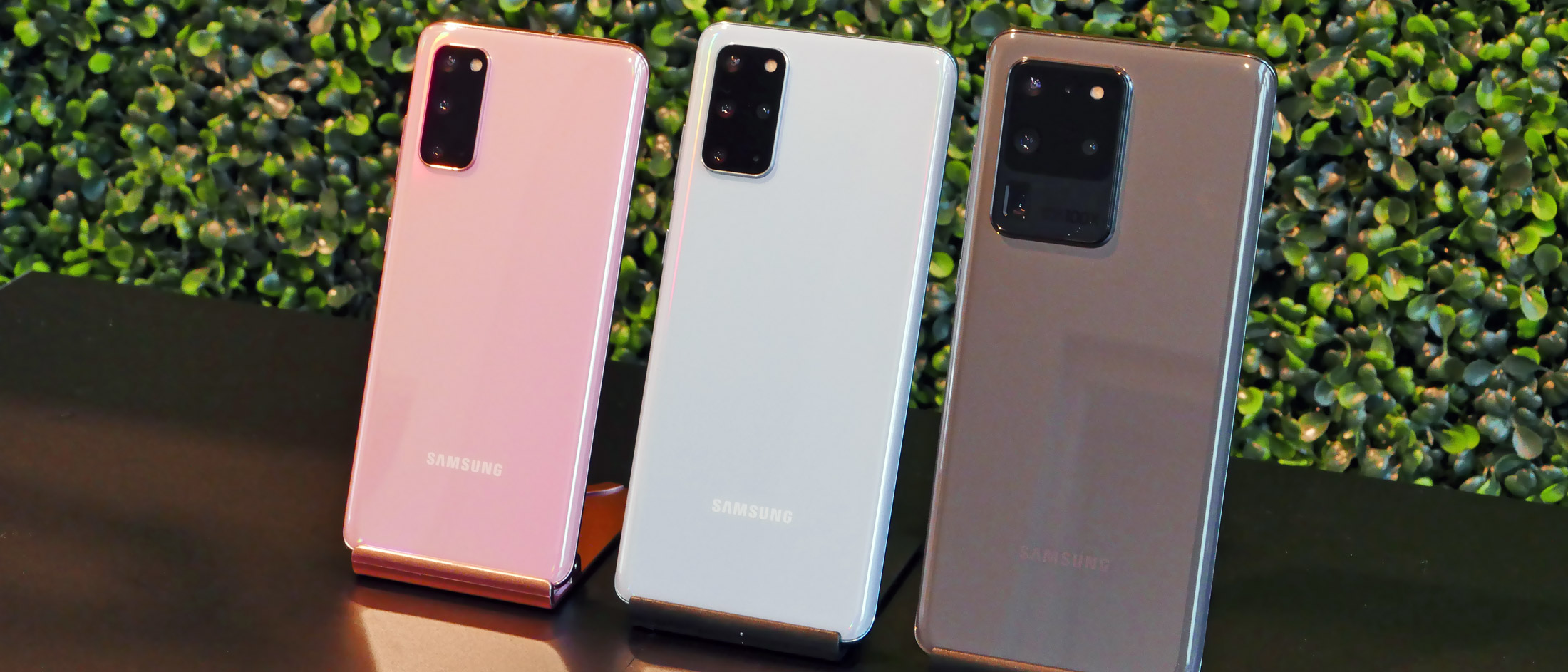
Galaxy S20 vs Galaxy S10: Design
Last year gave us a whopping four Galaxy models: the 5.8-inch Galaxy S10e, 6.1-inch Galaxy S10, 6.4-inch Galaxy S10 Plus and 6.7-inch Galaxy S10 5G.
Sign up to get the BEST of Tom's Guide direct to your inbox.
Get instant access to breaking news, the hottest reviews, great deals and helpful tips.
For the S20 generation, Samsung has pared things down a bit. The standard Galaxy S20 will move into the S10e's spot as the new entry-level flagship Galaxy, with a 6.2-inch display. The Galaxy S20 Plus has ballooned up to 6.7 inches, equaling the S10 5G, while the range-topping Galaxy S20 Ultra incorporates a display spanning a hard-to-believe 6.9 inches.
You now get a centrally-mounted Infinity-O hole-punch front-facing camera cutout, as well as a prominent rectangular camera stack on the back, with three lenses reserved for the Galaxy S20 and four for the S20 Plus and S20 Ultra.
The Infinity Displays on the new phones aren't as curved as what you got with recent Galaxy S phones, dating back to the Galaxy S8. The below-display ultrasonic fingerprint sensor now appears in every S20 model; that feature debuted with the S10, though the S10e made do with a fingerprint reader on its power button. It's not clear if Samsung's improved the accuracy and speed of its fingerprint sensors with the S20, though we'll find out for sure once we get a chance to test the phones in depth.
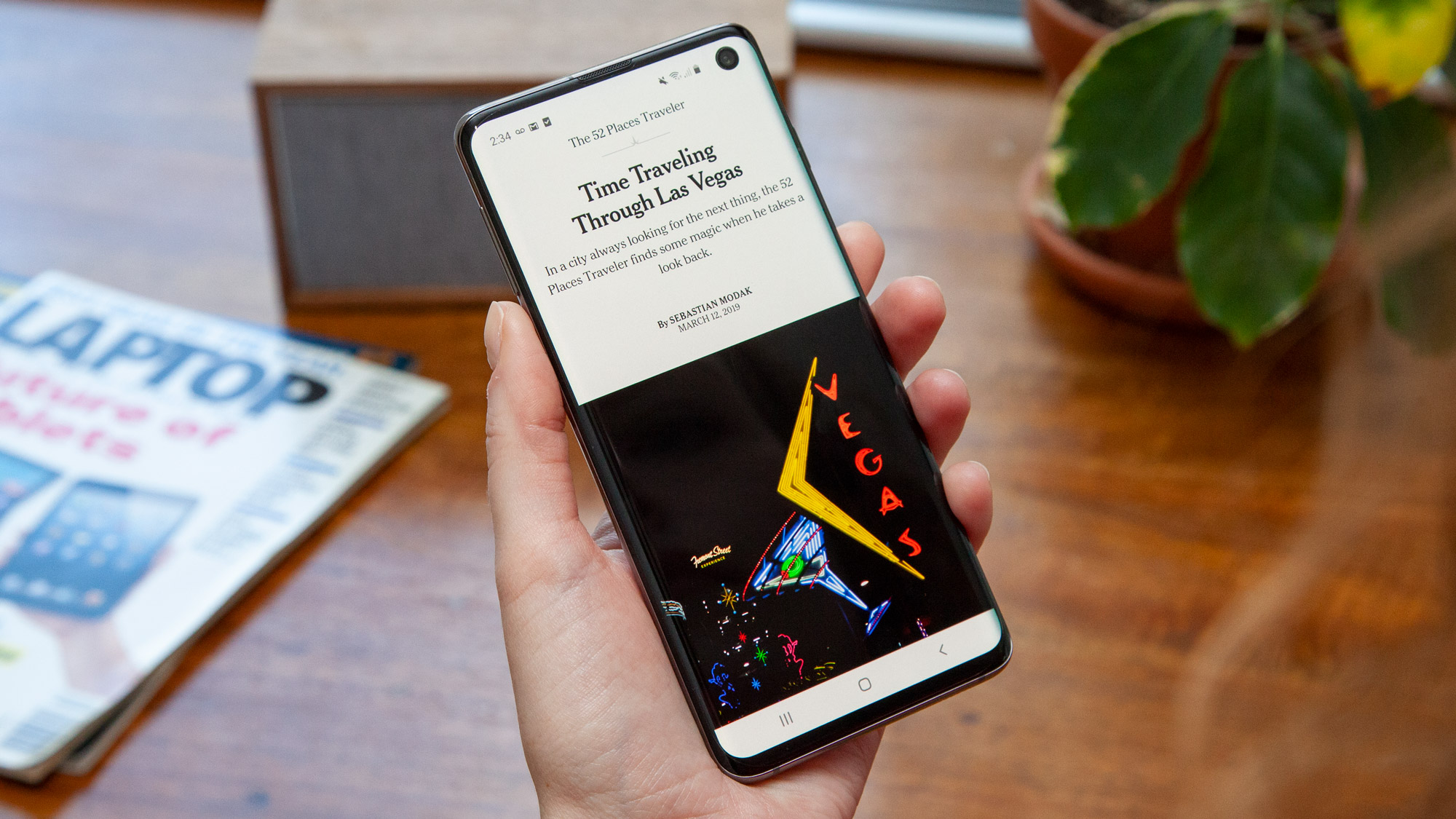
Galaxy S20 vs Galaxy S10: Display
Here's the good news: After neglecting to push the envelope in terms of refresh rates with the Galaxy S10 series, Samsung has caught up with OnePlus and Google — and even exceeded phones from those companies by adding 120Hz refresh rates to the Galaxy S20 lineup's Dynamic AMOLED screens.
That translates to animations twice as fast as the 60Hz response of the Galaxy S10 devices. However, there's a catch. The S20 phones can't use the 120Hz refresh rate at their full Quad HD resolutions; instead, you can only use Full HD to experience the faster refresh rate. That was done to limit the drain on battery life, but it's still a disappointing trade-off.
only employ the faster refresh rate when the display resolution is programmed to lower than the native setting.
The Galaxy S10, S10 Plus and S10 5G all featured WQHD AMOLED panels, albeit they ran at 60Hz. Additionally, the S10 series stashed its selfie shooters in the top right corner, rather than the top-middle, as S20 does.
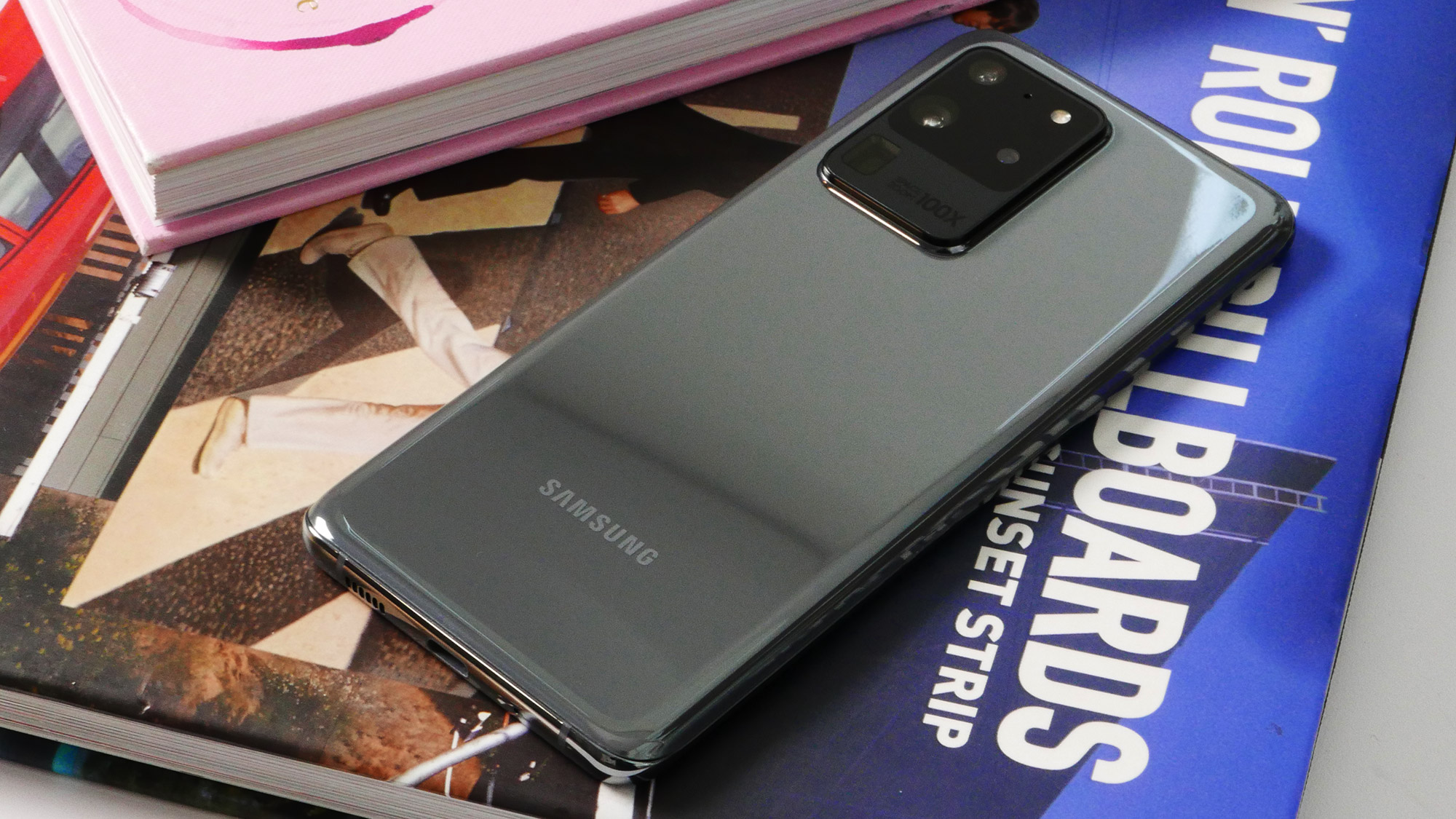
Galaxy S20 vs Galaxy S10: Cameras
Samsung has serious camera upgrades included with the S20 family. On the S20 and S20 Plus, we're talking a 12-megapixel primary lens, mated with a 64-MP telephoto supporting a 3x optical zoom as well as a 12-MP ultrawide camera.
But it's the S20 Ultra that sets new records in terms of camera hardware for a mass-market, internationally-sold smartphone. For this model, Samsung has turned to a 108-MP primary shooter, leveraging its new, extra-large, 1/1.33-inch Isocell Bright HMX sensor, alongside a 48-MP telephoto, 12-MP ultrawide and a time-of-flight depth-sensing lens, for good measure. (That time-of-flight sensor also finds its way onto the S20 Plus.)
The main sensor on the Galaxy S20 Ultra uses a process called nona binning to merge nine pixels together, which translates to more highly detailed images. As for that telephoto lens, it supports up to to a 4x optical zoom while using a hardware/software combo to provide a 10x lossless Hybrid Optic zoom. You can even ratchet up things to a 100x digital zoom though don't expect sharp images at this maximum level, even if you've got a steady hand.
The Galaxy S10's camera repertoire was nothing to laugh at, though it looks positively dated compared to where Samsung has gone with the S20 range. The regular S10 and S10 Plus made do with three lenses on the rear — two at 12-MP sizes, and one ultrawide at 16-MP — while the S10 5G added a time-of-flight sensor for slightly better depth effects.
The lone consequence of the S20 Ultra's new 108-MP primary camera is that it cost the phone the dual-aperture feature found on recent Galaxy S handsets. That said, Samsung never used that feature to particularly great effect in the past, so it's not something we'll miss.
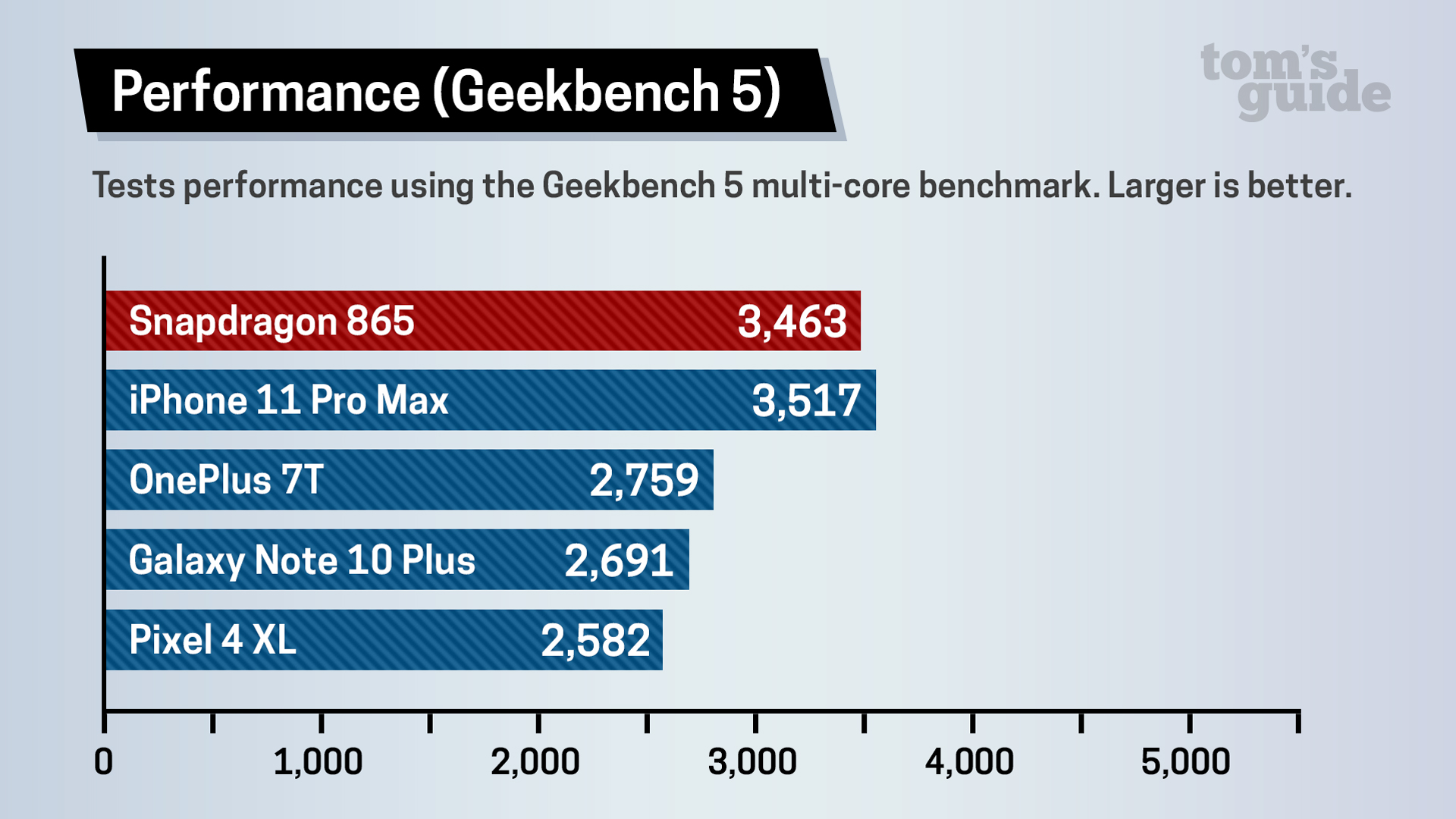
Galaxy S20 vs Galaxy S10: Performance
All Galaxy S20 models sold in North America offer Qualcomm's Snapdragon 865 system-on-chip, mated to the company's X55 5G modem, for 5G connectivity across every frequency. Elsewhere in the world, Samsung uses its Exynos 990 CPU.
We benchmarked one of Qualcomm's reference prototypes equipped with the 865 CPU and found it to strike quite close to the A13 Bionic processor used by Apple's latest iPhones: 3,460 for the Snapdragon device, compared to 3,517 in the iPhone 11 Pro Max. (If you want a more Samsung vs. Apple-centric comparison, check out our Samsung Galaxy S20 Plus vs. iPhone 11 Pro face-off.)
Take account of the fact the Galaxy S20 features 12GB of UFS 3.0 RAM across the range (with the S20 Ultra offering a 16GB variant). There is a chance the new Galaxy handsets could outperform their counterparts from Apple for the first time in years, though we'll need to run official benchmarks and tests on Samsung's new phones.
At the very least, the power offered by the 865 looks to blow away the 855-powered Galaxy S10 devices, which, in addition to packing a slower chip, also made do with as much as 4GB less RAM in some models. Qualcomm's data suggests that 865 delivers a 25% boost to performance over the Snapdragon 855, while also improving power efficiency by 25%.
In terms of storage, Samsung once again opted for a base 128GB capacity for all S20 models, with the ability to expand that through the use of a microSD card. Unfortunately, while expandable storage remains, it seems 2020 will be the year Samsung finally bids farewell to the 3.5-millimeter headphone jack, as that feature's missing from every S20 model.
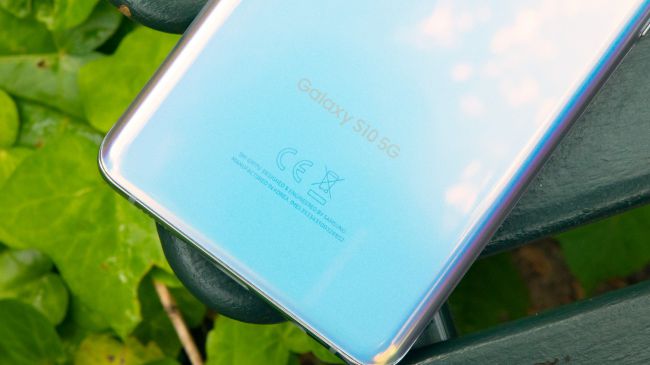
Galaxy S20 vs Galaxy S10: Battery
Get ready for new Galaxy handsets with some seriously big batteries. The Galaxy S20, S20 Plus and S20 Ultra pack 4,000 mAh, 4,500 mAh and 5,000 mAh batteries, respectively.
If true, we're looking at a sizable increase beyond last year's models. The regular S10 made do with only 3,400 mAh, while the S10 Plus had a battery only slightly larger than the one the 6.2-inch S20 now carries, at 4,100 mAh. The S10 5G's battery was the largest of the bunch at 4,500 mAh, but even that's now dwarfed by the S20 Ultra.
Every model comes with a 25-watt Super Fast Charger, and the Galaxy S20 Ultra is capable of 45-watt fast charging if you spring for the additional accessory. The S10 line, conversely, topped out at 15 watts; save for the 5G model, which could accommodate 25 watts.
Outlook
It's early still, but the Galaxy S20 looks like it will set the bar all other phone makers will be reaching for throughout the rest of 2020. With 120Hz displays, multi-camera systems that can capture an astonishing number of pixels, big batteries, impressive performance expected from Qualcomm's next-generation silicon and of course 5G, the standard S20, S20 Plus and S20 Ultra are significant upgrades in every sense over the devices they're replacing.
You'll pay up for these improvements. The least expensive Galaxy S20 model costs as much as the Galaxy S10 Plus did when it debuted last year. With Samsung cutting prices on its S10 lineup, some shoppers may feel like they could get away with last year's handsets, even if the S20 sports far more impressive features.
We'll have a better idea of whether that's a wise decision once we get the Galaxy S20, Galaxy S20 Plus and Galaxy S20 Ultra in for testing to find out if they live up to our high expectations.
Adam Ismail is a staff writer at Jalopnik and previously worked on Tom's Guide covering smartphones, car tech and gaming. His love for all things mobile began with the original Motorola Droid; since then he’s owned a variety of Android and iOS-powered handsets, refusing to stay loyal to one platform. His work has also appeared on Digital Trends and GTPlanet. When he’s not fiddling with the latest devices, he’s at an indie pop show, recording a podcast or playing Sega Dreamcast.
